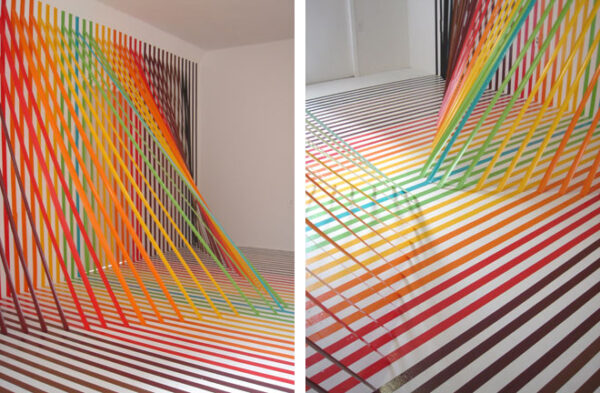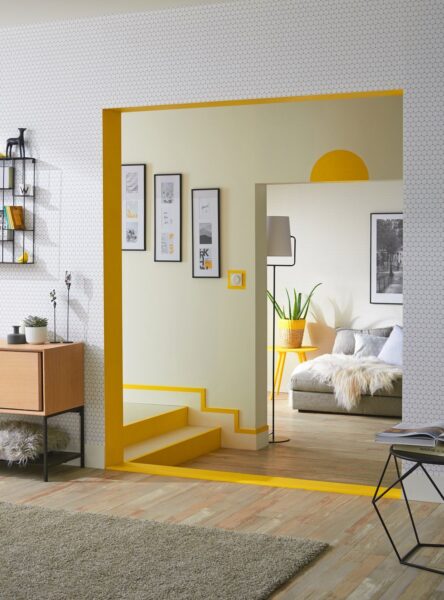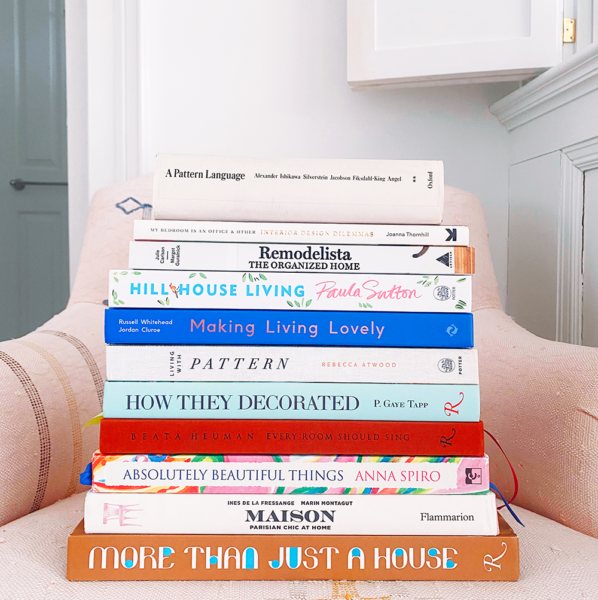
Fascinating piece by Daniel B. Smith in Sunday’s NYT magazine about the emerging field of ecopsychology, which studies the relationship between the health of the natural world and that of the mind. The field views mental health more broadly than any preceding branch of psychology, suggesting that our sanity is inextricable from the vitality of our surroundings and the strength of our connection to them.
This makes intuitive sense to me. After all, our physical health is deeply dependent on the health of our immediate environment. Perhaps before the Industrial Revolution we could have conceived of our bodies as separate entities, impermeable to pollution. But now we know that chemicals in our waterways end up in our veins and that smog chokes our lungs as much as our visibility. The link between environmental soundness and mind is less apparent, but still plausible. If we evolved for an environment filled with the aesthetics of lush, green life, but we live in an environment that deprives us of these aesthetics, isn’t it possible that this state of being becomes like a nutritional deficit of the mind? That robbing our environment of certain essential stimuli decreases mental performance and makes us not only less happy but also less functional?
There are already disorders recognized to have a relationship to the stimuli we take in from our environment. The appropriately named SAD (seasonal affective disorder) is a kind of depression related to the low levels of available light in winter. SAD is worst at higher latitudes where the light difference between seasons is most extreme. Yet some Scandinavian peoples, such as Icelanders, have been found to have an immunity to this condition, perhaps because it was selected as a favorable survival condition by evolution. This is only one data point, but it suggests to me that people may evolve for certain environments, that our brains may be subtly wired through generations of interactions with a place, and that the rapid rate of change (/devastation) of those places could be a latent source of emotional trauma.
Australian philosopher Glenn Albrecht terms this trauma solastalgia, which combines the Latin solacium, meaning comfort, and the Greek root -algia, meaning pain. He defines his coinage as “the pain experienced when there is a recognition that the place where one resides and that one loves is under immediate assault…a form of homesickness one gets one when is still at ‘home.’ ” It’s an instantly evocative word to match an evocative concept (though perhaps not so precise — I can think of lots of cases of comfort-pain that have nothing to do with place). Smith notes that the word has spread rapidly, not just in academic or journalistic circles, but as a title for songs and works of art. The idea of defending our land as a people is nothing new, but throughout history usually it is from invasion, and what we are defending is livelihood — the resources for living and the livelihood we have created in a place. This goes much deeper to say that environmental destruction is a slow, creeping invasion, and what we are defending is not just our livelihood, but our sanity.
The most interesting aspect of this discussion, for me, is the recognition of certain kinds of environmental aesthetic stimuli as essential to mental health. We know that the brain is a sensing, processing machine, requiring constant stimuli to make sense of the world. Remove all stimuli, and people quickly go insane; without new data points, the brain stops making sense of itself. Too much stimuli and we become overloaded — equally unhealthy. But beyond variations in quantity, there are also variations in kind to pay attention to. Are there certain qualities of light that better enable us to function? Are there proportions and perspectives that make us feel in balance and emotionally secure? (For example, having evolved in an environment where trees have a certain proportional relationship to the human body, say between 2x and 8x as tall, does living in an environment that is more vertically structured, up to 220x in height maybe, create a sense of insecurity? I wonder this as a devoted city-dweller — I love skyscrapers, but is there another level on which they are making me anxious? Would I be smarter or calmer if I lived in the forest?)
One study, done by Peter Kahn, a developmental psychologist and member of the editorial board of a new journal called Ecopsychology, suggests that natural stimuli effect our physiology in basic ways. Kahn tested a group of adults subjected to mild stress while looking at one of three different views: a window looking out over a scene of grass and trees, a 50″ plasma screen of the same scene in real time, and a blank wall. Measuring the heart rates of the subjects showed that they decreased fastest in the group looking at the real nature scene, while those looking at the TV had the same results as those facing the wall. This suggests that not only does environment unconsciously effect our reactions, but also that we can’t fake it. An authentic aesthetic experience is necessary to feel the benefits of the interaction with the natural environment.
What does this have to do with joy? Many of the stimuli we consider to be aesthetics of joy are natural and environmental. Sunlight, lushness, open and expansive spaces. The emotion joy evolved at a time in human history where there was no dichotomy between artificial and natural — before industrialization, before agriculture, when our connection to the environment meant survival. The ideas of ecopsychology — solastalgia and the idea of an ecomental system — resonate so strongly with me because of this history. Joy isn’t a result of what goes on in the mind alone; joy is an ecomental interaction, a constant dialogue between the brain, the senses, and the things we encounter in the world. It’s often said that happiness comes from within, but joy comes from without — from the impressions made by pleasurable things on our retinas, our fingertips, and our tongues, the way they disrupt the flow our thoughts and focus them on beauty and wonder. For me, this piece was an important reminder that those wonderful, natural things may be instrumental not just in joy, but in the whole of mental health — and therefore an important reminder that so much depends on our willingness to defend them.
NYT: Is there an ecological unconscious?
Illustration: Artwork by Kate MacDowell; photograph by Dan Kvitka for The New York Times





Leave a Comment